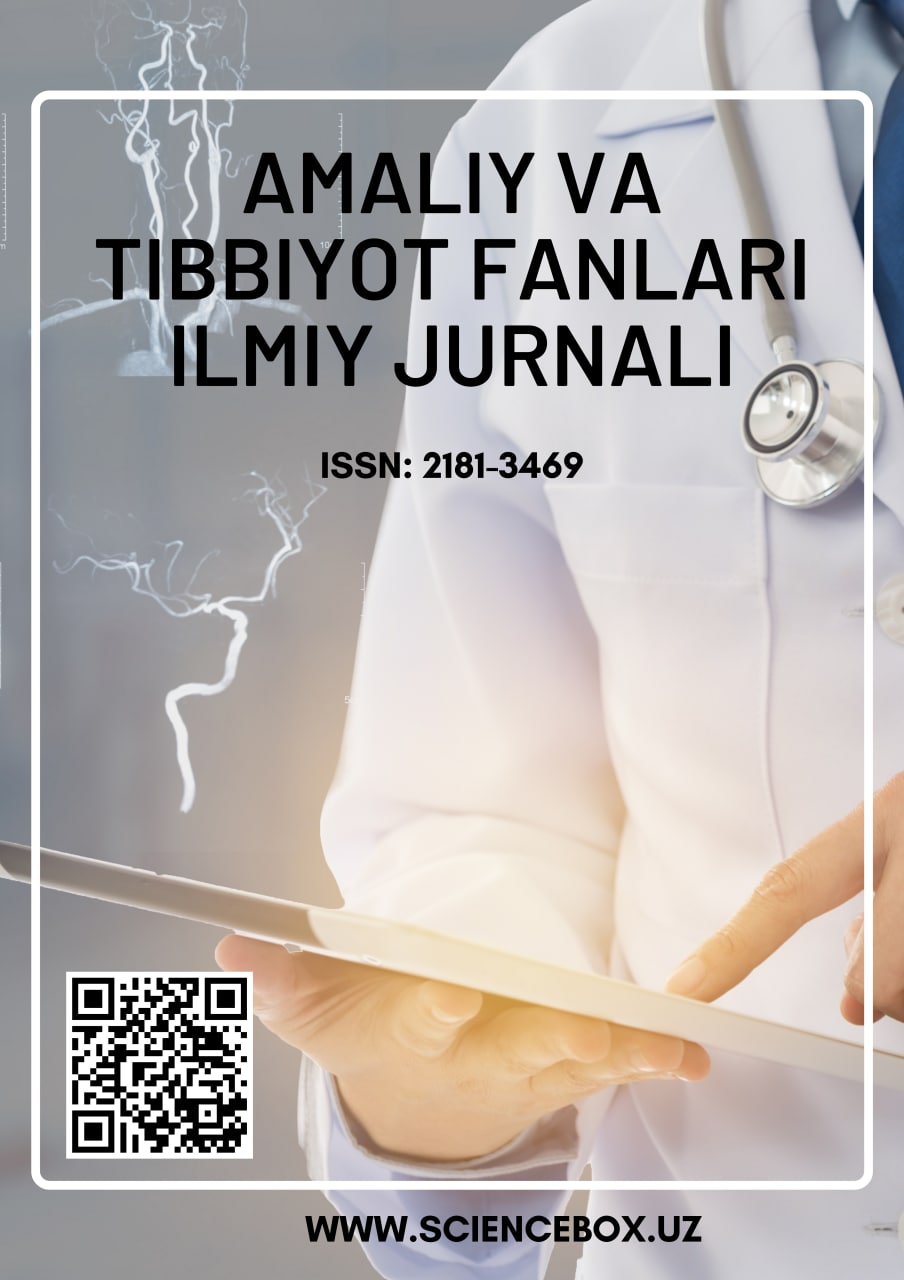PRETIBIAL MYXEDEMA: PATHOGENETIC FEATURES AND CLINICAL ASPECTS
Keywords:
pretibial myxedema, thyroid dermopathy, Graves' diseaseAbstract
Pretibial myxedema (PM), or thyroid dermopathy, is a rare extrathyroidal manifestation of Graves' disease (GD). The condition is accompanied by mucinous skin changes, mainly in the area of the anterior surface of the leg. Severe forms can lead to lymphatic congestion and disability. It is assumed that long-term and intense autoimmune aggression is necessary for the manifestation of PM. However, data on the role of antibodies to the TSH receptor in the genesis of PM are very controversial. Recently, indications have emerged that IGF-1 receptors are involved in the pathogenesis of this manifestation of HD. In typical cases, PM is localized on the anterior and lateral surfaces of both legs and has a diffuse, tumor, plaque-like or elephantine form. Early diagnosis comes down to regular preventive examination of the pretibial area. A diagnostic biopsy is indicated only in doubtful cases. Maintaining euthyroidism, quitting smoking, avoiding injury, and wearing tight shoes that impair lymphatic drainage can reduce the risk of developing PM in patients with GD. Currently, there are no generally accepted clinical guidelines for the diagnosis and treatment of thyroid dermopathy. This review provides the latest information on the etiopathogenesis of PM and the management of patients with this pathology.
References
Fatourechi V. Thyroid dermopathy and acropachy. Best Pract Res Clin Endocrinol Metab. 2012;26(4):553-565. https://doi.org/10.1016/j.beem.2011.10.001
Schwartz KM, Ahmed DDF, Ahmed I, Fatourechi V. Development of localized myxedema in a skin graft. Int J Dermatol. 2002; 41(7):401-403. https://doi.org/10.1046/j.1365-4362.2002.01535_3.x
Morris JC, Hay ID, Nelson RE, Jiang N-S. Clinical utility of thyrotropin-receptor antibody assays: comparison of radioreceptor and bioassay methods. Mayo Clin Proc. 1988;63(7):707-717. https://doi.org/10.1016/s0025-6196(12)65533-5
Chang T-C, Wu S-L, Hsiao Y-L, et al. TSH and TSH-receptor antibody-binding sites in fibroblasts of pretibial myxedema are related to he extracellular domain of entire TSH-receptor. Clin Immunol Immunopathol. 1994;71(1):113-120. https://doi.org/10.1006/clin.1994.1059
Stadlmayr W, Spitzweg C, Bichlmair AM, Heufelder AE. TSH-receptor transcripts and TSH-receptor-like immunoreactivity in orbital and pretibial fibroblasts of patients with graves’ ophthalmopathy and pretibial myxedema. Thyroid. 1997;7(1):3-12. https://doi.org/10.1089/thy.1997.7.3
Cianfarani F, Baldini E, Cavalli A, et al. TSH-receptor and thyroid-specific gene expression in human skin. J Invest Dermatol. 2010;130(1):93-101. https://doi.org/10.1038/jid.2009.180
Smith TJ. Is IGF-I-receptor a target for autoantibody generation in graves’ disease? J Clin Endocrinol Metab. 2013;98(2):515-518. https://doi.org/10.1210/jc.2013-1004
Matos K, Manso PG, Marback E, et al. Protein expression of VEGF, IGF-1 and FGF in retroocular connective tissues and clinical correlation in graves’ ophthalmopathy. Arq Bras Oftalmol. 2008;71(4):486-492. https://doi.org/10.1590/s0004-27492008000400004
Krieger CC, Neumann S, Place RF, et al. Bidirectional TH and IGF-1-receptor cross talk mediates stimulation of hyaluronan secretion by graves’ disease immunoglobins. J Clin Endocrinol Metab. 2015;100(3):1071-1077. https://doi.org/10.1210/jc.2014-3566
Krieger CC, Place RF, Bevilacqua C, et al. TSH/IGF-1 receptor cross talk in graves’ ophthalmopathy pathogenesis. J Clin Endocrinol Metab. 2016;101(6):2340-2347. https://doi.org/10.1210/jc.2016-1315
Davies TF. Trauma and pressure explain the clinical presentation of the graves’ disease triad. Thyroid. 2000;10(8):629-630. https://doi.org/10.1089/10507250050137680
Missner SC, Ramsay EW, Houck HE, Kauffman CL. Graves’ disease presenting as localized myxedema in a thigh donor graft site. J Am Acad Dermatol. 1998;39(5):846-849. https://doi.org/10.1016/s0190-9622(98)70363-9
Fatourechi V, Bartley GB, Eghbali-Fatourechi GZ, et al. Graves’ dermopathy and acropachy are markers of severe graves’ ophthalmopathy. Thyroid. 2003;13(12):1141-1144. https://doi.org/10.089/0507250360731541
Hofbauer LC, Muhlberg T, Konig A, et al. Soluble interleukin-1 receptor antagonist serum levels in smokers and nonsmokers with graves’ ophthalmopathy undergoing orbital radiotherapy. J Clin Endocrinol Metab. 1997;82(7):2244-2247. https://doi.org/10.1210/jcem.82.7.4068





















